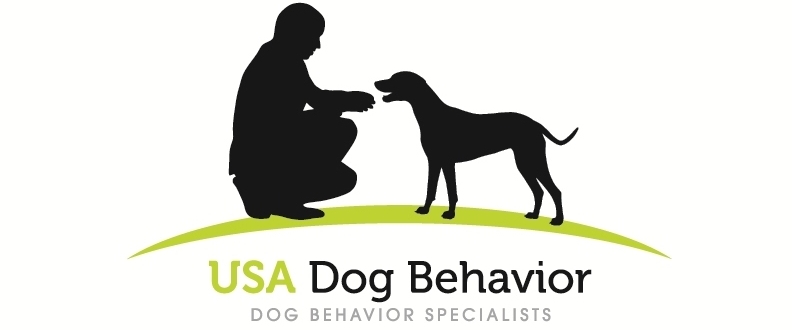Buying a Puppy Instead of Rescuing? Consider These 7 Facts Before You Do
"…many people buy puppies to avoid inheriting behavior problems, but they unknowingly step right into the fallout of the poor breeding habits of puppy-mills."
©Scott Sheaffer, CDBC, CPDT-KA, USA Dog Behavior, LLC
It’s easy to find a really cute puppy from an enormous number of breeders these days, both legitimate breeders and puppy-mill breeders.
Fact of Life: Once puppies reach about 16-20 weeks of age they start looking and acting like dogs; they grow up fast. Sadly, between about 6 and 12 months of age many dogs end up in rescue organizations, municipal animal services and as strays on the street.
The “cute” and “puppy” part only lasts so long, you know. After the puppy period is over, responsible dog ownership is required. Fortunately, most dog owners know this and guide their dogs through their - sometimes difficult - adolescent stage and create great family members.
Not only does a dog stop looking like a puppy in his first year, but many behavior issues commonly found in puppy-mill puppies start to surface during this time. The irony is that many people buy puppies to avoid inheriting behavior problems, but they unknowingly step right into the fallout of the poor breeding habits of puppy-mills.
Careless breeding at puppy-mills frequently creates serious genetically based temperament issues in their puppies. The most frequent of these issues include: all types of aggression, separation anxiety, fear, hyperactivity, resource guarding, etc.
"...the most magnificent dog I have ever owned was a rescue."
Quite frankly, puppy-mill dogs between 6 and 18 months of age represent a very large portion of my dog behavior consulting business.
There is absolutely nothing wrong with buying a puppy from a legitimate breeder. But, please, first consider a rescue before you do. Over a million unwanted but fantastic dogs are euthanized each year in municipal animal shelters. Let’s help these dogs if we can.
I have owned both rescued dogs and dogs purchased from legitimate breeders, but the most magnificent dog I have ever owned was a rescue. He is featured in my literature; he was a German shepherd named Fred. He died two years ago at the age of 11 and I don’t think a day goes by without my thinking fondly of him. My daughter said it best, “Dad, I am very confident that Fred will come up at your eulogy.” Miss you boy!
Below are 7 facts about dogs in municipal shelters, rescue organizations and as strays on the street:
1. 75% of dogs in animal shelters are mutts/Heinz 57’s/All Americans and they make great dogs. This also means that 25% of dogs in shelters are purebreds.
2. About 2/3’s of dogs entering shelters are picked up on the street as strays and about 1/3 are voluntarily surrendered by their owners.
3. 90% of dogs entering shelters aren’t spayed or neutered.
4. Owners who either accidentally or intentionally breed their dogs cause hundreds of thousands of dogs to be born each year (difficult to know the exact number) that aren’t wanted and ultimately are euthanized. Those parents who want their children to experience the “miracle of birth” never seem to want to expose their children to the sometimes resultant “miracle of death” at the municipal animal control shelter.
5. The majority of stray dogs picked up on the street were not kept indoors or properly fenced. Furthermore, they rarely have identifying tags or a microchip.
6. Approximately 1.2 million (1,200,000) dogs are euthanized every year in animal control shelters because they aren’t adopted. 137 dogs are euthanized every hour, 7 days a week, 24 hours a day.
7. The National Council on Pet Population Study and Policy calculates that only 15 to 20% of lost dogs are returned to their owners.
When you are ready for your next dog, check out your local municipal shelter and the local non-profit rescue organizations in your area. If you have your heart set on a specific breed, look at the breed-specific rescue organizations in your area.
All of these organizations have fantastic staff and volunteers. Most importantly, they have a plethora of dogs looking for a great home like yours. What do you get out of rescuing a dog? Years of unconditional love from a dog that you saved.
Sources:
American Society for the Prevention of Cruelty to Animals. Pet Statistics.
The Humane Society of the United States. U.S. Pet Ownership and Shelter Population Estimates.
The Mosby Foundation. Truth of what happens to shelter animals everyday.
Towell, Lisa. Why People Abandon Animals.
Smith, Ethan, and Guy Dauncey. Building an ark, 101 solutions to animal suffering.

